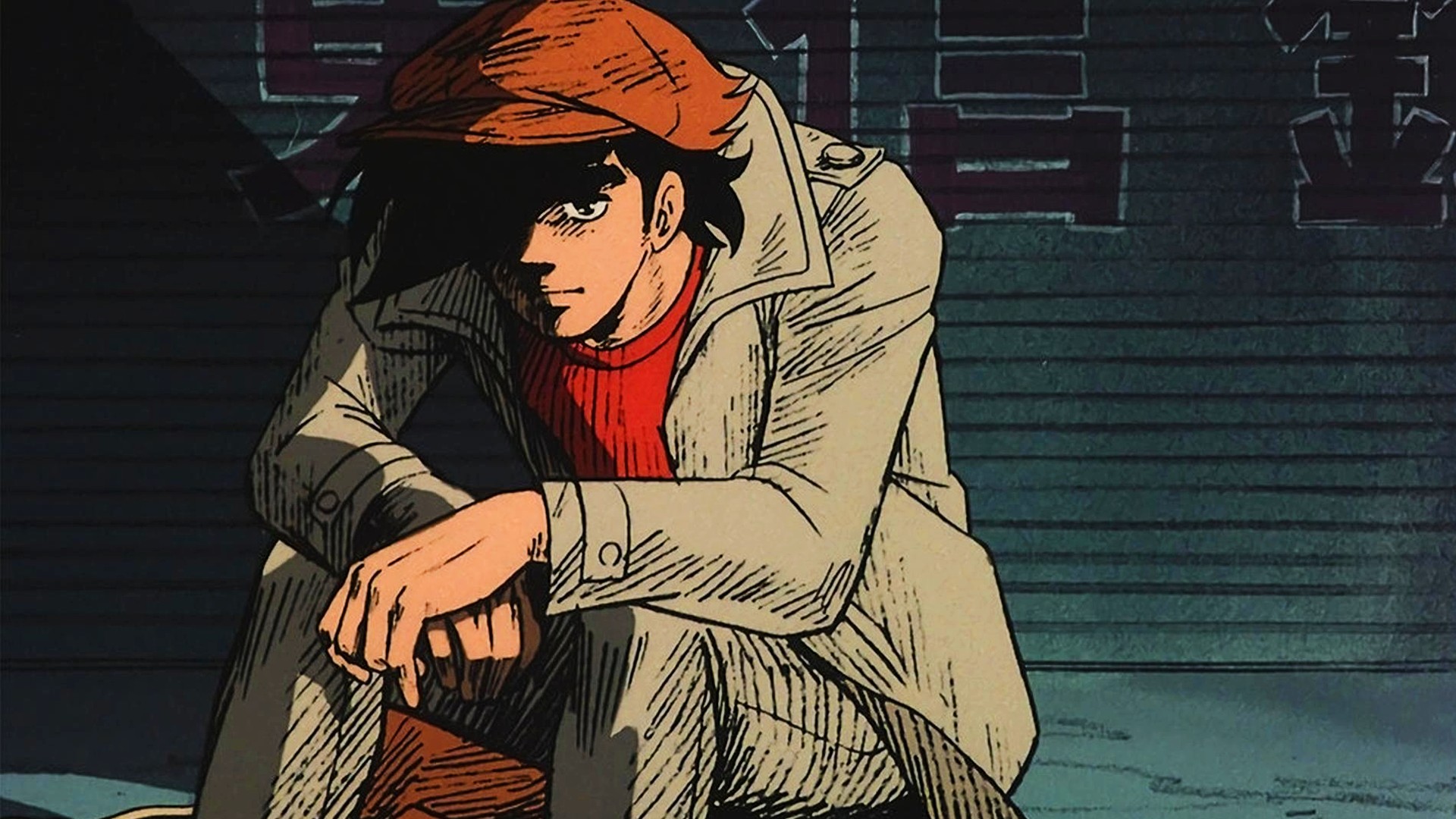Half-a-century-old manga stays relevant even in 2023.
We talk a lot about things that are considered iconic, and now is the time to delve deep into the history and mention the work that influenced so many things that we are currently enjoying. It's Ashita no Joe, a manga series created by Asao Takamori and Tetsuya Chiba in 1968. Two years later, the first anime adaptation of this work was released.
It was a product of its time.
Japan was recovering from World War II, the working class barely making ends meet while spending long hours at the job with no hope. One of the ways to escape the gloomy state of the world was (and still is, by the way) escapism — immersing yourself in an imaginary world, following the adventures of an imaginary protagonist, forgetting about your own troubles for a little while. So the entertainment industry was gaining popularity. Specifically comic books, as they were cheaper and easier to produce than movies or animation.
From the first look it feels like Ashita no Joe is just a simple boxing series, maybe a precursor to all the sports stories that we'll see in Japanese media for the next 50 years, but no. If anything, Ashita no Joe focuses on opposite things than modern sports shows.
(6).jpg)
Joe Yabuki, the protagonist of the series, represents the wandering working class that doesn't know what tomorrow will bring or if there ever will be a tomorrow to come. He is the reflection of the people who used the manga to run away from their miserable reality, and this relatability made him grounded, more real, the story became more visceral.
Joe isn't portrayed as a pure being with strict morals — he's deeply flawed, violent, and selfish, and that makes him humane.
His journey is not only one of getting better at boxing but one of becoming a better human — and he fails tremendously, multiple times, which makes him even more real compared to the picture-perfect untouchable heroes that dominated the entertainment industry back then.
One thing that makes it drastically different from the modern sports series is how Ashita no Joe deals with the consequences. It's not shying away from depicting a harsh reality when you may not get a second chance after a failure, or when what initially feels like a win brings pain within itself.
Another aspect that Ashita no Joe touched upon ahead of its time is the concept of toxic masculinity. It's usually something that is praised in the anime and manga, this almost primal n-hold-barren violence, yet Ashita no Joe shows that, again, trying to explain your selfishness and violence and grittiness with simply being a man comes with the consequences.
And we're not even talking about the manga panels that were recreated countless times over the years in other works. The story of Joe is great, the art is amazing, and the impact is undoubtful.

